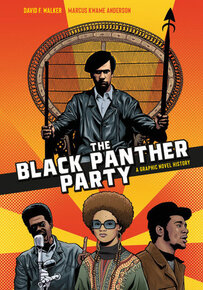
Illustrated by Marcus Kwame Anderson
Presented here is a history of the Black Panther Party from its inception by Bobby Seal and Huey Newton, to its demise in the 70s. Along the way, Walker presents information on the FBI’s mission against the Panthers, spearheaded by COINTERPRO, Counterintelligence program for the FBI. Across the United States, there were several different chapters of the Panthers that had their own ideologies and philosophies about how to bring about political change in the country. These differences contributed to internal struggles in the party throughout its history, which contributed to its implosion. Also presented is detailed information of many of the party’s prominent figures.
0 Comments
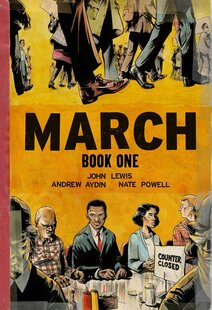
Illustrated by Nate Powell
On the morning of Barack Obama’s inauguration to his first term as president, Congressman John Lewis readies himself in his office in Washington D.C. A lady with two kids stops by the office, obviously not expecting the Congressman to be there, but they are delighted to find him and ask questions about his life and his involvement in the Civil Rights Movement. This launches Lewis down memory lane as he recounts his childhood from growing up on a farm, raising chickens, to going to school and getting involved in sit ins at local department store lunch counters. The work isn't done with those demonstrations, as later volumes promise to hold other activism and demonstrations Lewis took part in and led. 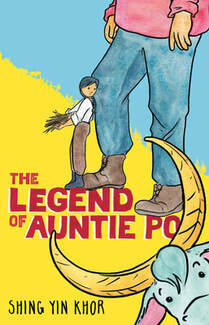
Mei and her father work in the kitchen for a logging camp in the Sierra Nevada mountains in the late 1800s, where they expertly make delicious meals for the loggers after a long day of hard work. Mei makes wonderful pies that everyone craves, and at night, she entertains the camp's children by telling fanciful stories. One such stories is the legend of Po Pan Yin, an elderly Chinese woman logger who watches over the camp and works in the forest with her giant blue ox. The children accuse Mei of stealing the American legend of Paul Bunyan, but Mei makes Auntie Po into her own myth and a guardian spirit for the camp and herself. With the passage of the Chinese Exclusion Act limiting the opportunities and safety for Chinese immigrants, Mei and her father must navigate an increasingly hostile community where violence against Chinese workers is not uncommon. On top of all of this, Mei must work out her feelings for her best friend Bee, which are becoming increasingly romantic, as well as plan for her future away from the logging camp.
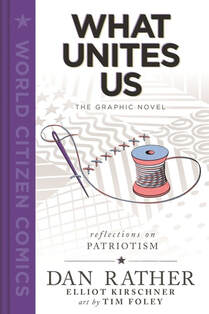
Illustrated by Tim Foley
Dan Rather's original prose book, What Unites Us, is a collection of essays, musings and observations with lots of autobiographical details, about American history and political climate. This graphic novel adapts many of the essays from the prose version. The historical events are not told in any sort of chronological order. Instead, Rather uses his perspective on key historical moments to illustrate bigger ideologies; things like "courage", or "patriotism." Rather attempts to explain what is special about America, what brings us together as a nation, but also what has worked to separate us, especially partisan bickering and political turmoil. 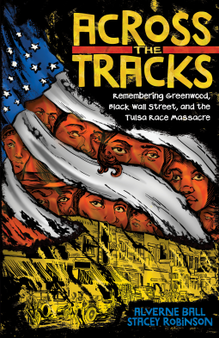
Illustrated by Stacey Robinson
This book seeks to chronicle the success that was Greenwood, Oklahoma, a portion of the city of Tulsa that was a completely segregated Black community. Several Black business owners, entrepreneurs, and real-estate investors had a vision for a community that could be sustained entirely without white businesses, and they went about creating a thriving town with grocery stores, entertainment venues, mortgage offices, banks, and just about everything else you need in a town. Because so much was offered, much of the Black community spent their money in Greenwood, rather than in Tulsa, and money was spent several times over inside Greenwood before going to white businesses. Greenwood got the nickname "Black Wall Street" from Booker T. Washington when he came on a visit. Then, a race war came to Tulsa, with claims that a young Black man touched a white woman. Residents of Greenwood armed themselves and marched on the courthouse to protect the young man. But white residents of Tulsa were also marching on the court house, and the ensuing battle resulted in the destruction of most of Greenwood, the implementation of a military state, the deputization of hundreds of armed white Tulsans, and the systematic execution of many of Greenwood's residents. 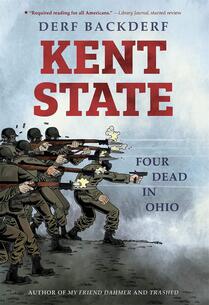
Backderf's latest novel is a meticulous account of the events of May 1-4, 1970 at Kent State University. The storyline follows Jeff, Allison, Bill, and Sandy, the four students who were killed during anti-Vietnam-war, anti-military conflicts on Kent State's campus, as well as several of the wounded students and a few of the soldiers of the National Guard. Rising tensions between student protestors and National Guardsmen were stoked by sleep-deprived soldiers and commanding officers, a governor infused with law-and-order politics, and persistent student protests that were unrelenting for several days. Throughout, there are pages of exposition offering insights from Backderf's extensive research.
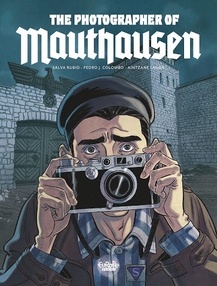
Illustrated by Pedro J. Colombo, colored by Aintzane Landa
This story is based on true events of the life of Francisco Boix, a prisoner of war interned at Mauthausen. Boix is a Spaniard and a newspaper photographer and communist who is captured in France and sent to several camps before ending up at Mauthausen. For a while, Francisco works as a translator, tasked with translating the insults German soldiers hurl at the prisoners. Later, Francisco is moved up to working in the photography lab at the camp, where he discovers that the SS are meticulously documenting the deaths of prisoners, but staging them and classifying them as suicides or escape attempts. Despite the dangers to his life and the life of those in the camp, Francisco decides it is exceedingly important to get the negatives of these photos out of the camp to show the world what the Nazis were really doing in these extermination camps. After the war, Francisco participates as a witness in the Nuremberg trials, but he finds that most people cannot fathom the photos so many risked their lives to save. 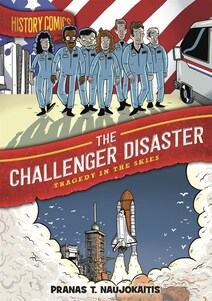
This latest installment in History Comics presents the events leading up to and including the accident of the Challenger. This is done through a group of four students and their teacher, set 400 years into the future, where the students are tasked with a history report on Challenger Day, a holiday commemorating the lives lost during the space craft's explosion. The narrative is comprised of four parts: history of the space program, where particular attention is placed on the Space Shuttle program in particular; the history of Challenger crew, where each member shares their biographical information through the use of AR technology in the students' classroom; the accident itself, presented by the teacher and given all due gravitas; and the Rogers Commission, told largely by Richard Feynman through AR again.
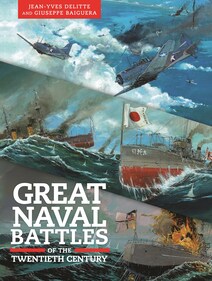
This graphic novel presents three the major naval battles: the Battle of Tsushima, the Battle of Jutland, and the Battle of Midway.
In the Battle of Tsushima, the Russian Baltic Fleet is ordered to reinforce the fleet at Port Arthur, but their way is blocked by the English control of the Suez Canal. By the time they make it around Africa, the Japanese have decimated the forces at Port Arthur. The Japanese navy deals another blow at the Straight of Tsushima as the Russian fleet tries to sneak through on their way to Vladivostok. The Battle of Jutland was a showdown between the British Royal Navy and the German Kaiserliche Marine. This was one of the final battles of World War I, and helped the British reaffirm their supremacy over the seas, despite the heavy losses dealt to them here by the Germans. The Battle of Midway is one of the most famous battles in World War II. In this chapter, four pilots, friends since childhood, are separated from their post at Pearl Harbor and reassigned to different areas. One ends up at Midway, flying ancient planes in a vain attempt to stop the Japanese fleet. At a critical moment, the Americans break the Japanese code and find out that they plan to attack the base at Midway. The American forces lay a trap for the Japanese fleet, and turn the tide of the War in the Pacific. 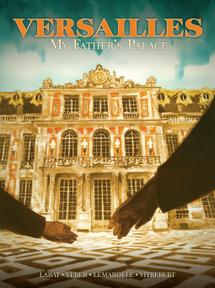
Illustrated by Alexis Vitrebert
This story of Versailles is told from the perspective of Henri de Nolhac, son of Pierre de Nolhac, who came to be a steward of the palace during the Third French Republic. This is not Versailles during the time of kings and queens. This is Versailles as it was just beginning to be appreciated as an historical masterpiece, and thanks in large part to the dedication of Pierre. But, the demands of restoring the palace took a toll on the family life of Pierre, which is also included in great detail. This story also includes how Versailles morphed during the Great War, changing from a monument to a refuge for wounded soldiers and a place of gathering for Christmas celebrations and the like. Extensive end-notes provide more historical context for the de Nolhac family and the source materials for the creative team. |
About MeI've been reading manga and comicbooks for years. Now, I write reviews and other helpful things for School Librarians, teachers, parents, and students. Search this siteRatings, Audience, and Subject Tags
All
Archives
July 2024
|




